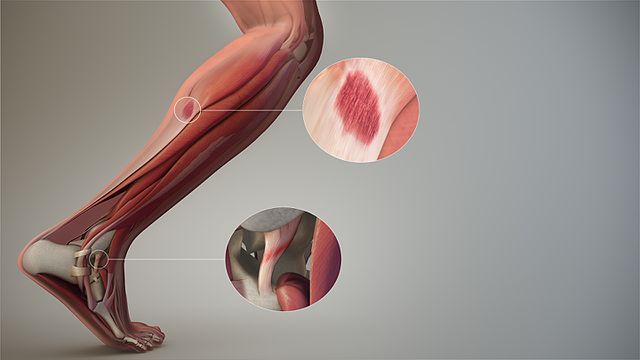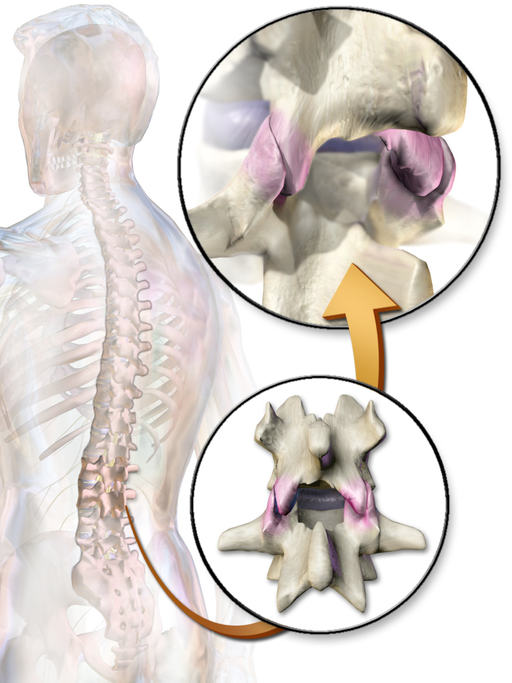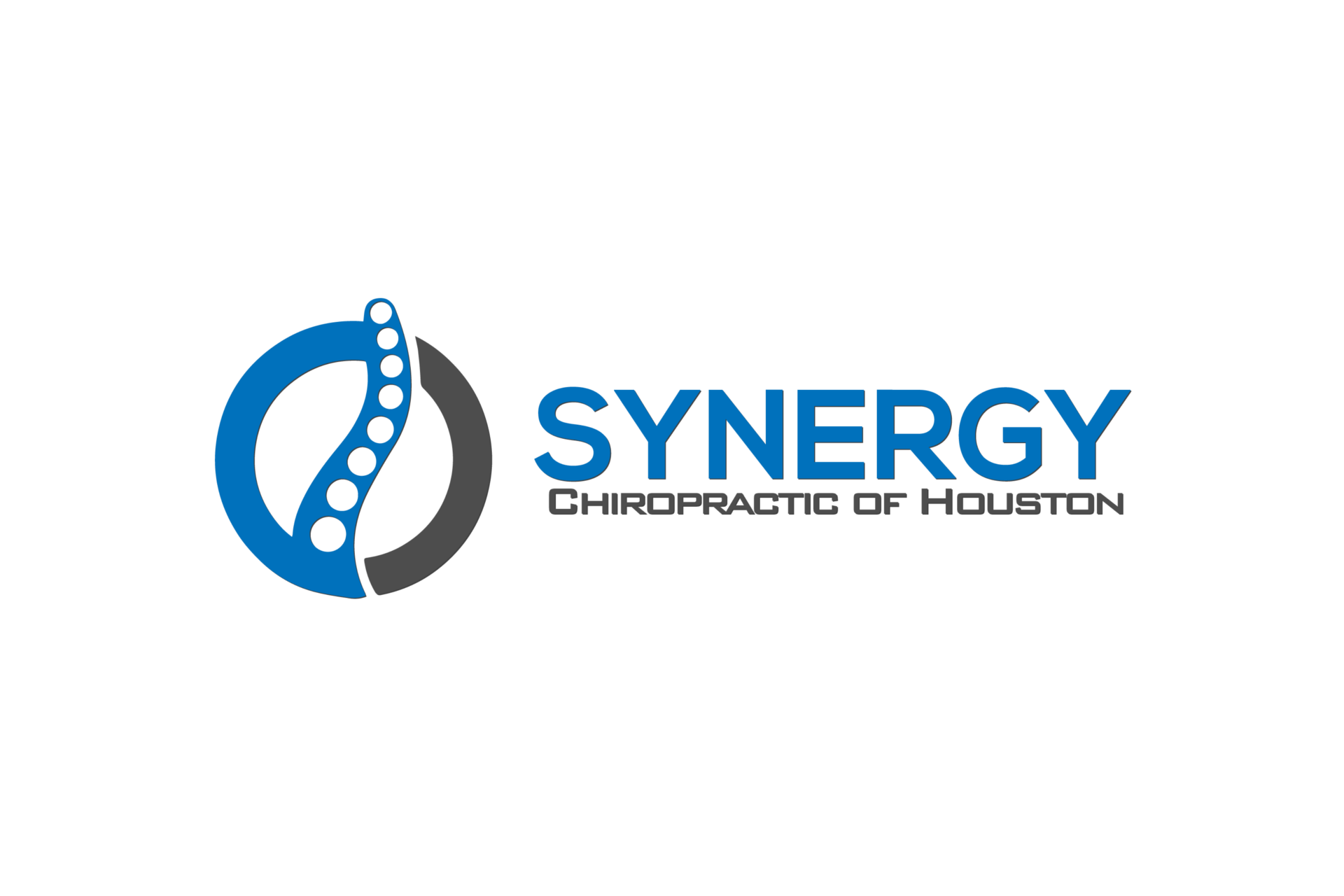A soft tissue injury is a broad term that could be associated with sprains, strains, ligament tears, muscle injury and even nerve or blood vessel damage. The soft tissue injury can result from a sports injury, auto accident, slip or fall, repetitive use injuries, improper mechanics while exercising, and heavy lifting to give a few examples. Commonly diagnosed injuries that fall into this category include:
- Sprained joint, such as “high ankle” sprains
- ACL injuries, or tears
- Shoulder “stingers”
- Disc herniation, or disc bulge
- Whiplash
- “Jammed” finger
These types of injuries used to be simply be referred to as sprain/strains in the past. Now, however, they have been renamed to better describe what is occurring in the body. ‘Sprain/strain’ primarily refers to ligament and tendon damage. ‘Soft tissue injury’ encompasses this, and also includes the damage that occurs to all the soft tissues.
Categorizing A Soft Tissue Injury
- Grade 1- very minor injury with no visible signs
- Grade 2- bruising has occurred and the skin is unbroken
- Grade 3- laceration to the skin
- Grade 4- massive damage with lacerations to the skin
Grade 1 soft tissue injuries will generally repair themselves within a few days to a week. Grades 2 and 3 are the most common types of soft tissue injuries associated with the neck, back, shoulders, and knees. A Grade 4 soft tissue injury generally requires some form of surgery, followed by a comprehensive rehabilitation program.
Injury to soft tissues can result from many different avenues. Slips and falls are simple and easily noticed. Sports and work related injuries are well known and common (especially when the player is on your fantasy team). These can present themselves with some initial pain but more frequently include stiffness, swelling, and muscle tightness. Additionally, a soft tissue injury can lead to decreased range of motion, difficulty performing daily activities, and can affect your ability to walk.
In the beginning stages, many individuals treat soft tissue injuries as something unimportant and believe that they need little attention. Many doctors fail to properly diagnose the condition. This can lead to completely wrong diagnosis and therapy, prolonging patient discomfort and could make the injury worse. Once discovered, proper treatment should immediately begin and continue until it is completely resolved to prevent re-injury.
Failure to Properly Diagnose Soft Tissue Injuries
Many doctors either do not know how to properly treat soft tissue injuries, outside of the frequently prescribed muscle relaxer and pain reliever medications that are distributed to the patient. Thus, these doctors consider soft tissue injuries of little consequence and prescribe either heat or medications and push the patient out the door. Many soft tissue guidelines recommend that these injuries are treated with a combination of the following:
- Ice until swelling and inflammation is completely resolved
- Passive assisted movement – gently inducing movement to the injured area without much force
- Other practices to reduce pain and inflammation
If soft tissue injuries are not properly addressed early on, scar tissue can be allowed to form which can have massively negative consequences that can last years.

Prompt Treatment of Soft Tissue Injury
Many patients and some doctors will postpone treatment for days to months waiting for the swelling to go down. However, without prompt care, scar tissue can begin to develop within 72 hours of the injury and once formed, can lead to degenerative arthritis or contractures (joint becomes stuck and unable to move through the full range of motion) within tendons or ligaments. These can lead to loss of function. A few weeks of therapy has the potential to prevent years of pain, stiffness, and immobility.
Failure to Complete Therapy
Unfortunately, we live in a microwave world where we want immediate results. When someone is in pain, they want to feel better today without any effort on their part. Soft tissue injuries don’t work that way. Many doctors tell their patients to ‘take it easy and you will be fine.’ This implies that once the pain is gone, the patient is healed. This is not the case. In soft tissue injuries, lack of pain simply means the inflammation is gone, not that the healing is complete. A good example of this would be when someone gets a cut. The pain only lasts for a little time. The bleeding lasts for a little time. But the wound can take days to weeks to close. This concept is very important when considering large weight-bearing portions of the body such as the shoulders, neck, back, hips, and knees. Some injuries to these areas can take up to eight weeks to properly heal.



